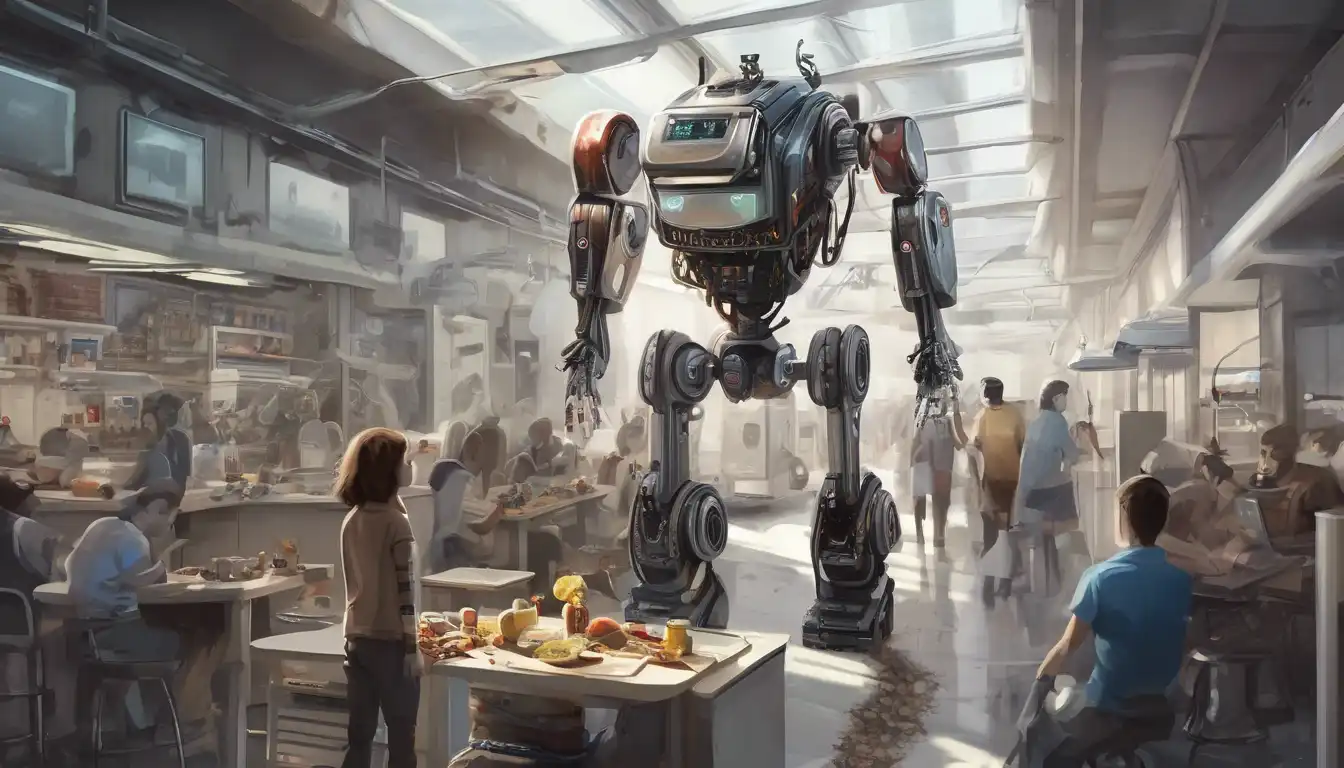The Evolution of Robotics in Modern Society
In the past few decades, robotics has moved from the realm of science fiction into our everyday lives, transforming how we live, work, and interact with the world around us. From automated vacuum cleaners to sophisticated surgical robots, the rise of robotics is undeniable. This article explores the significant impact of robotics on daily life and what the future holds.
Everyday Applications of Robotics
Robots are no longer confined to industrial settings. Today, they assist in homes, hospitals, and even schools. Here are some common applications:
- Home Assistance: Robotic vacuum cleaners like the Roomba have become household names, offering convenience and efficiency in home maintenance.
- Healthcare: Surgical robots provide precision in operations, reducing recovery times and improving outcomes.
- Education: Robotics kits and programmable robots are being used to teach coding and engineering concepts to students of all ages.
- Retail: Automated checkout systems and inventory robots are revolutionizing the shopping experience.
The Role of AI in Robotics
Artificial Intelligence (AI) is the brain behind the brawn of robotics. AI enables robots to learn from their environment, make decisions, and perform tasks with minimal human intervention. This synergy between AI and robotics is paving the way for more autonomous and intelligent machines.
Challenges and Ethical Considerations
Despite the benefits, the rise of robotics brings challenges, including job displacement and ethical dilemmas. It's crucial to address these issues to ensure a balanced integration of robotics into society.
Looking Ahead: The Future of Robotics
The future of robotics is bright, with advancements in AI, machine learning, and materials science driving innovation. As robots become more integrated into our lives, they promise to enhance our capabilities and open new possibilities.
For more insights into the latest technological trends, check out our technology trends section.
Robotics is not just about the machines; it's about the people who design, use, and benefit from them. As we stand on the brink of a robotic revolution, it's clear that the rise of robotics in everyday life is just the beginning.
